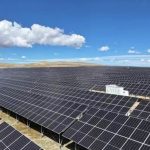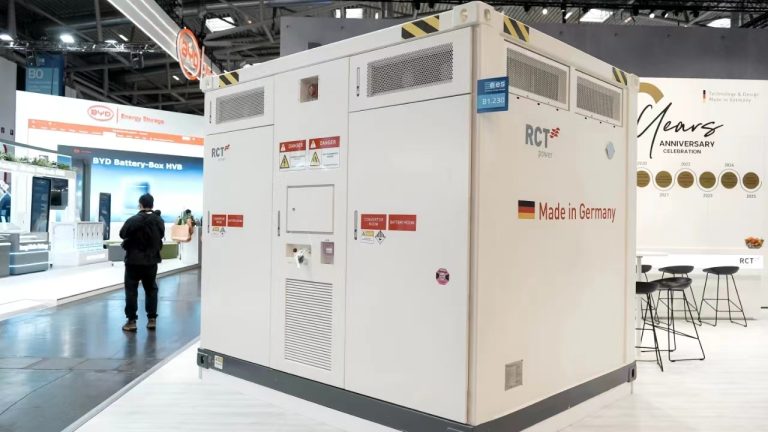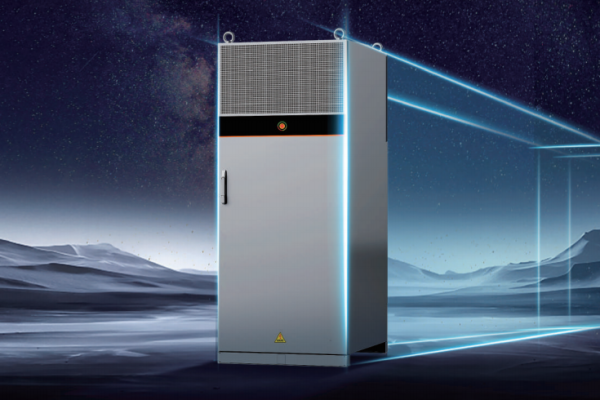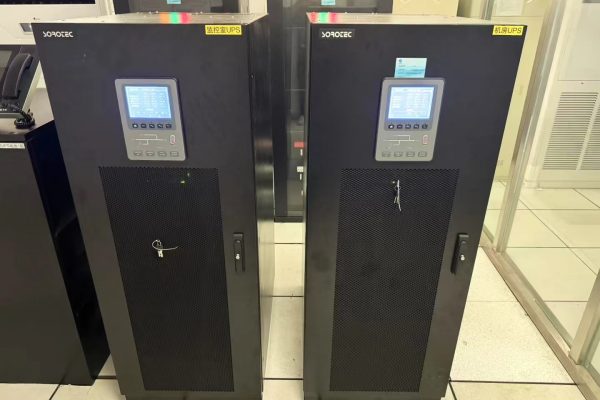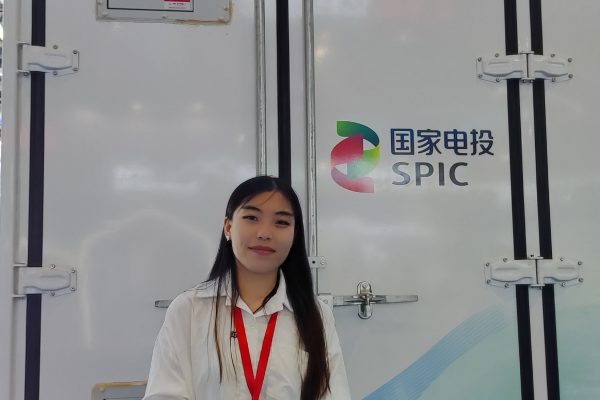Finding the Right Balance in PV + ESS System Sales
1. Introduction: One Box or Multiple Boxes?
In the world of small-scale solar and energy storage projects, sellers often face a critical decision:
Should we offer complete, bundled systems, or let the buyer choose each component separately?
There is no universal answer—but understanding the trade-offs between bundling and unbundling helps build trust with clients and adapt to different buyer types.
As a technical trade partner, your flexibility and guidance here can create major value.
2. What Do We Mean by “Bundling”?
In a typical PV + ESS project, key components include:
- PV modules
- Inverter (grid-tied, hybrid, or off-grid)
- Battery system
- EMS/BMS
- Cabling, breakers, fuses, combiner boxes
- Enclosure (rack/cabinet/container)
Bundling = Offering most or all of these as a matched set
Unbundled = Allowing the buyer to select or source each component individually
Some suppliers offer fixed kits (e.g., “5kW + 10kWh all-in-one system”), while others quote only inverters or batteries and expect clients to mix and match.
3. Pros of Bundling
✅ Simplified Procurement
Clients—especially new or non-technical ones—don’t want to coordinate multiple vendors.
✅ Reduced Compatibility Risk
A matched system reduces risk of voltage mismatch, communication failure, or software conflicts.
✅ Higher Value Per Order
Your average transaction size increases, improving margin and freight efficiency.
✅ Easier Support & Warranty
If something fails, there’s no finger-pointing—you’re the single contact point.
✅ Pre-assembled = Faster Commissioning
Pre-wired cabinets or racks can reduce on-site labor, especially in rural/off-grid settings.
4. Pros of Selling Separately
✅ More Buyer Control
Some clients already have modules, or prefer to choose their own battery brand.
✅ Lower Entry Cost
Unbundled options help attract smaller orders or incremental upgrades (e.g., inverter now, battery later).
✅ Faster Quotation Turnaround
Sometimes you can close deals quicker by quoting what’s in stock today.
✅ Works for Integrators with Local Brands
If the client is a local EPC or installer, they may prefer only the inverter or storage pack from you.
5. Hybrid Approach: “Configurable Kits”
For most SME projects, the sweet spot is somewhere in the middle:
✅ Offer pre-designed system templates, but allow component-level changes.
Examples:
- “5kW Hybrid + 10kWh Battery Cabinet – Optional PV Kit”
- “Single-phase or Three-phase? Rack or Cabinet? We Configure What You Need.”
This gives you bundling benefits while keeping flexibility and customer trust.
6. When to Bundle
You should strongly recommend bundling when:
- ❗ The client is new to PV/ESS
- ❗ The project is off-grid or remote
- ❗ Battery + inverter must be protocol-matched (e.g., CAN/Modbus config)
- ❗ You’re offering pre-tested or pre-wired systems
- ❗ The project timeline is tight
- ❗ The client doesn’t want to handle system design
7. When to Sell Separately
Selling components independently makes more sense when:
- ✅ The client has existing inventory
- ✅ The client is a local integrator or EPC
- ✅ You only supply one core product (e.g., inverters or lithium packs)
- ✅ Budget is limited and staged procurement is needed
- ✅ Custom specs make standard bundles hard to apply
8. What We Can Offer Clients Either Way
As a technical export partner, here’s how you add value regardless of model:
| Your Value | In Bundled Sales | In Component Sales |
|---|---|---|
| 🔧 Compatibility Testing | Ensure inverter-battery match | Verify 3rd-party battery config |
| 📊 Load & Use Case Modeling | Offer right bundle per need | Guide client on sizing logic |
| 📦 Packing Optimization | Consolidated shipping | Customized packing plans |
| 📞 One-Stop Support | Warranty, tech, updates | Help integrate with existing system |
| 🔄 Upgrade Path | Pre-wire for future expansion | Suggest scalable add-ons |
9. Real Case Comparison
Case A: Residential Rooftop System in Southeast Asia
- Client Type: Homeowner
- Package Offered: 5kW hybrid inverter + 10kWh Li-ion + combiner box + AC distribution
- Result: Quick install, no rework, satisfied user → Client referred 2 neighbors
Case B: Local Integrator in Africa
- Client Type: Engineering firm
- Package Offered: Only 8kW hybrid inverter + communication mapping to their battery
- Result: System adapted to local needs, client reorders with new specs
10. Recently Published Articles You May Like
- 👉 How to Size Inverter and Battery Together
- 👉 Why BMS/EMS Integration Is Critical in Commercial ESS
- 👉 Case Study: 5kWh + 3kW Hybrid Inverter for Rural Home
11. Conclusion: Help Clients Choose What Works Best
The goal isn’t to push one model—it’s to help your client succeed with their system.
Some want plug-and-play; others need freedom. Your ability to:
- Listen to their needs
- Recommend the right combination
- Provide technical assurance
…will matter more than whether you sell bundles or parts. You’re not just a seller—you’re a technical problem solver.



